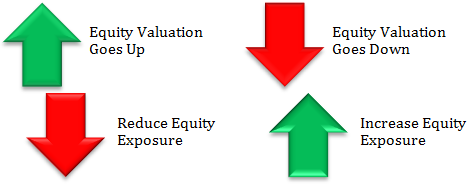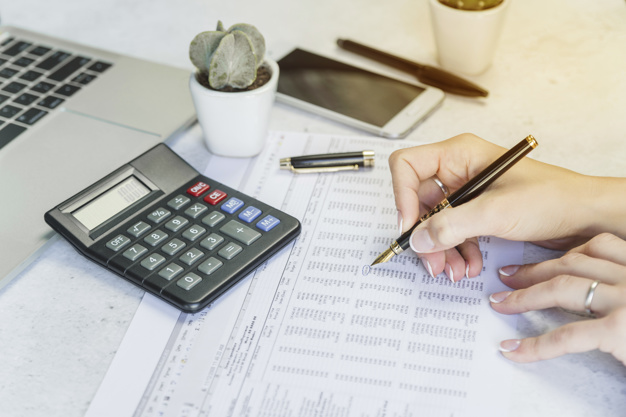Declining Balance Method
What is the Declining Balance Method?
The declining balance method is a system of Accelerated Depreciation of recording massive depreciating expenditure within the initial years of the useful life of an asset and recording smaller depreciating expenditure during the later years of the asset.
This method can easily be calculated by using this declining balance method formula:
Declining Balance Depreciation = CBV x DR
wherein:
- CBV = current Book Value
- DR = depreciation rate

Current book value is referred to as the net value of an asset at the beginning of an Accounting period. It is evaluated by deducting the accumulated depreciation from the Fixed Asset’s cost. The depreciation rate is defined as per the estimated pattern of the use of the asset over its life.
For instance, if an asset costs Rs. 1000 has a value of Rs. 100 and 10-years of life depreciation value are at 30% every year; then the first year’s expenditure will be Rs. 270, Rs. 189 in the second year and Rs. 132 in its third year of use and so on, so forth.
What do you get to know with the Declining Balance Method?
Also known as the reducing balance method, the declining method is appropriate for assets that immediately lose value or become obsolete inevitable. This is apt as far as cell phones, computer equipment and other tech items are concerned as they are useful earlier, but become less efficient with the introduction of new models.
This declining balance strategy also represents the opposite of the straight-line depreciation method, which is more appropriate for such assets that have a stead-dropping book value throughout the lives. In simple words, this method deducts the value from the asset’s cost, and then it is divided by the asset’s useful life.
Example of Declining Balance Method
Let’s take an example here. Suppose a company take out Rs. 15,000 for equipment that has Rs. 5,000 as its value and useful life of 5-years. Now, the straight-line depreciating expenditure will be equal to:
Talk to our investment specialist
Rs. 15000 – Rs. 5000 / 5 = Rs. 2000
All efforts have been made to ensure the information provided here is accurate. However, no guarantees are made regarding correctness of data. Please verify with scheme information document before making any investment.












